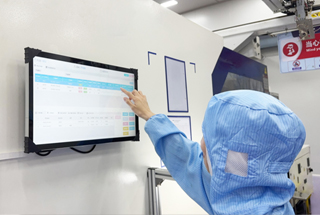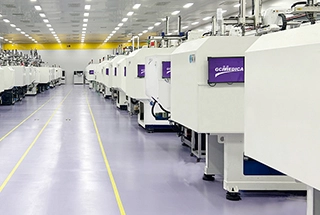Maintaining normothermia during surgical procedures is essential to prevent complications such as increased blood loss, surgical site infections, and prolonged recovery times. Various patient warming systems have been developed to address these challenges, each with unique mechanisms and applications. This article explores the different types of patient warming systems and their respective uses in clinical settings.
1. Forced-Air Warming Systems
Forced-air warming systems are among the most commonly used methods for maintaining patient body temperature during surgery. These systems function by drawing in ambient air, heating it, and then circulating the warmed air through a blanket or gown that covers the patient. This convective process effectively transfers heat to the patient's body, helping to prevent hypothermia.
Applications:
Widely utilized in operating rooms to maintain normothermia during various surgical procedures.
Employed in postoperative recovery areas to rewarm patients after surgery.
Benefits:
Provides consistent and controlled warming across a large surface area.
Adaptable to different surgical positions and procedures.
2. Conductive Warming Systems
Conductive warming systems operate by direct contact, transferring heat from a warming device—such as an electric heating pad, heated mattress, or carbon polymer fabric blankets—to the patient's skin. This method relies on conduction to maintain or raise the patient's body temperature.
Applications:
Suitable for various surgical procedures to maintain patient temperature.
Used in recovery rooms and intensive care units for continuous patient warming.
Benefits:
Provides stable and uniform heat distribution.
Does not introduce airflow currents, preserving the integrity of operating room ventilation systems.
3. Fluid Warming Systems
Fluid warming systems are designed to heat intravenous (IV) fluids, blood products, or irrigation solutions before administration to the patient. By delivering warmed fluids, these systems help prevent hypothermia that can result from the infusion of cold substances.
Applications:
Essential in surgeries involving significant blood loss or large volumes of fluid replacement.
Utilized in emergency and trauma settings where rapid fluid infusion is necessary.
Benefits:
Maintains fluid temperature, reducing the risk of hypothermia.
Enhances patient comfort and stability during and after procedures.
4. Radiant Heat Warming Systems
Radiant heat warming systems use infrared radiation to transfer heat directly to the patient's body without warming the surrounding air. These systems typically consist of overhead panels or lamps that emit controlled infrared energy.
Applications:
Commonly used in neonatal intensive care units to maintain the body temperature of newborns.
Employed in operating rooms for supplemental warming during specific procedures.
Benefits:
Provides targeted warming without physical contact.
Allows easy access to the patient while delivering consistent heat.
Conclusion
Selecting the appropriate patient warming system depends on various factors, including the type and duration of the surgical procedure, patient condition, and clinical environment. By understanding the different warming technologies—forced-air, conductive, fluid warming, and radiant heat systems—healthcare providers can make informed decisions to effectively prevent perioperative hypothermia and enhance patient outcomes.


 Français
Français Español
Español Products
Products

 About Us
About Us












